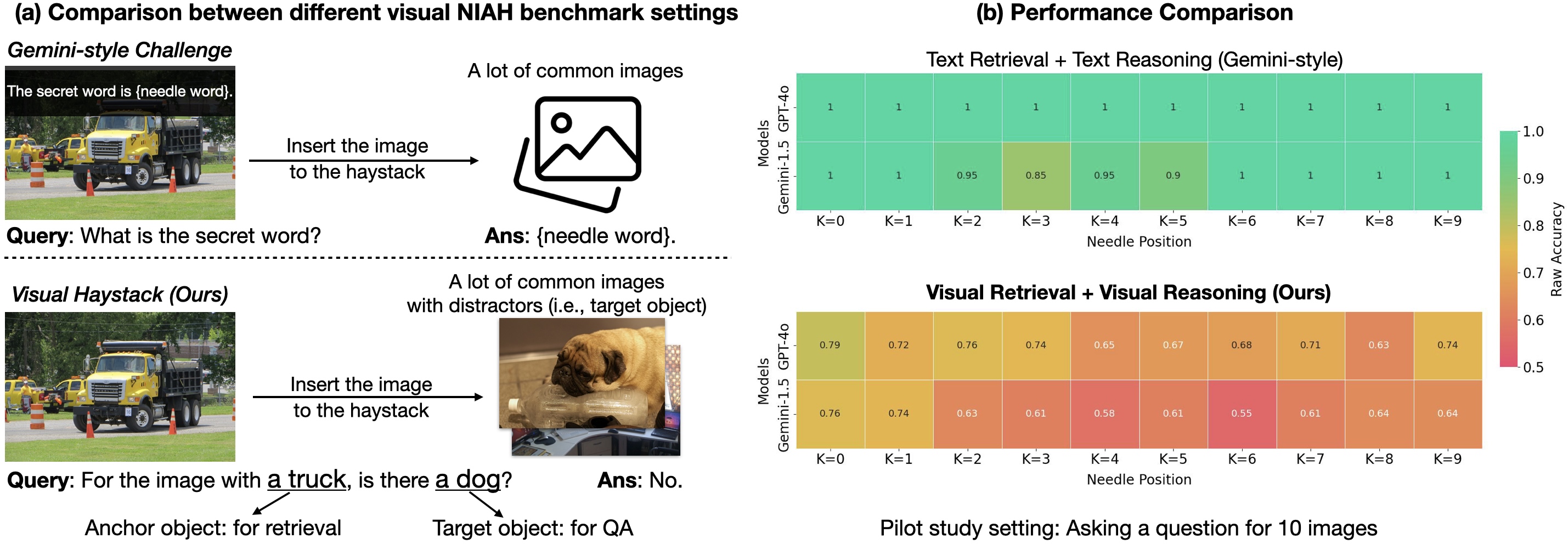Every year, the Berkeley Artificial Intelligence Research (BAIR) Lab graduates some of the most talented and innovative minds in artificial intelligence and machine learning. Our Ph.D. graduates have each expanded the frontiers of AI research and are now ready to embark on new adventures in academia, industry, and beyond.
These fantastic individuals bring with them a wealth of knowledge, fresh ideas, and a drive to continue contributing to the advancement of AI. Their work at BAIR, ranging from deep learning, robotics, and natural language processing to computer vision, security, and much more, has contributed significantly to their fields and has had transformative impacts on society.
This website is dedicated to showcasing our colleagues, making it easier for academic institutions, research organizations, and industry leaders to discover and recruit from the newest generation of AI pioneers. Here, you’ll find detailed profiles, research interests, and contact information for each of our graduates. We invite you to explore the potential collaborations and opportunities these graduates present as they seek to apply their expertise and insights in new environments.
Join us in celebrating the achievements of BAIR’s latest PhD graduates. Their journey is just beginning, and the future they will help build is bright!
Read More









